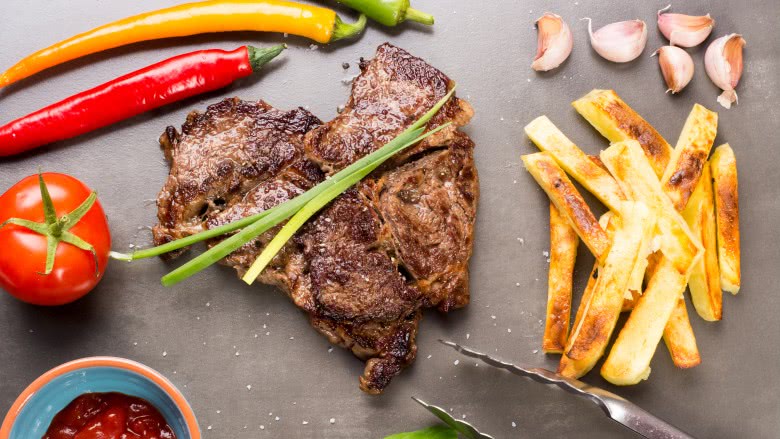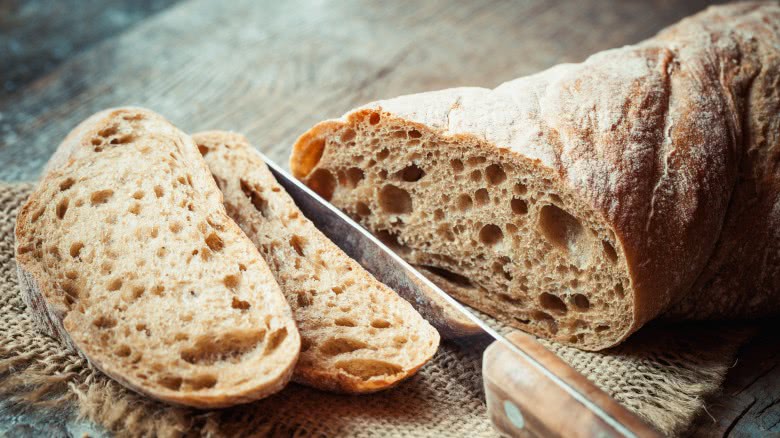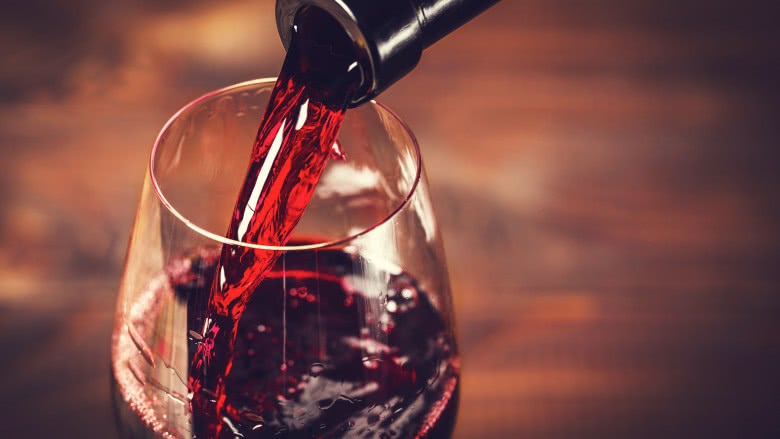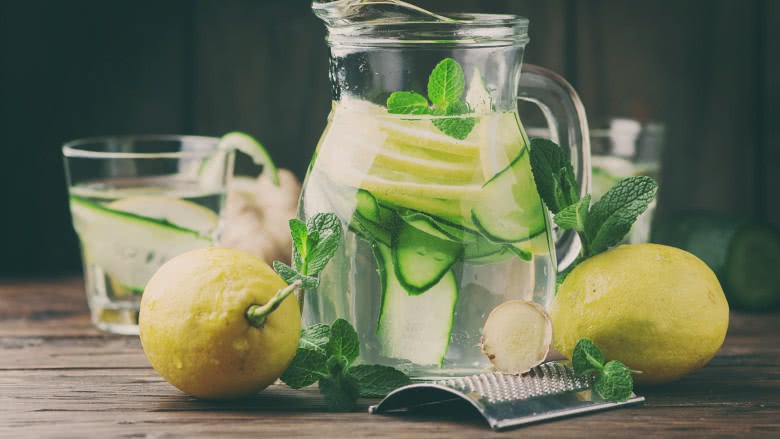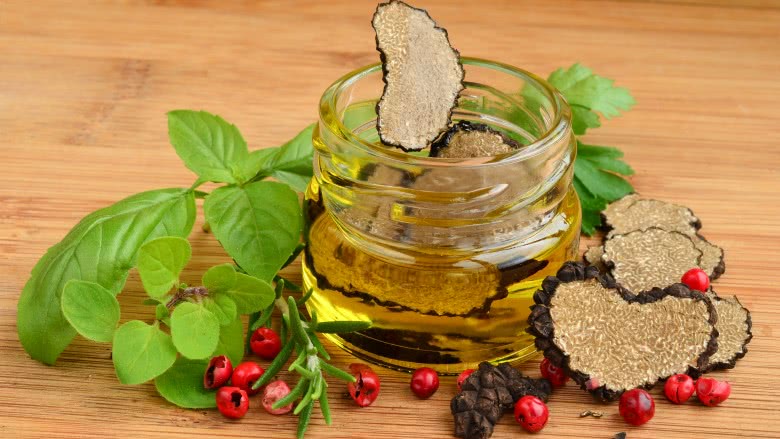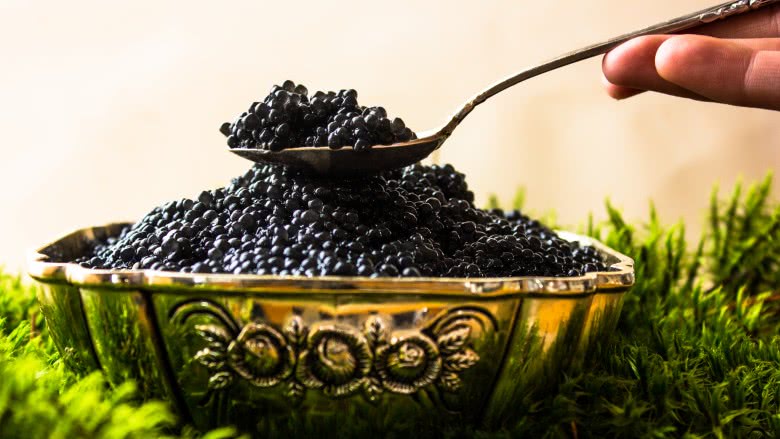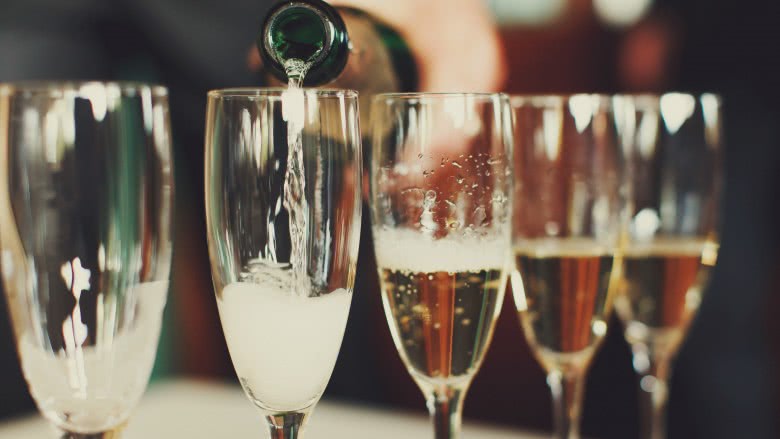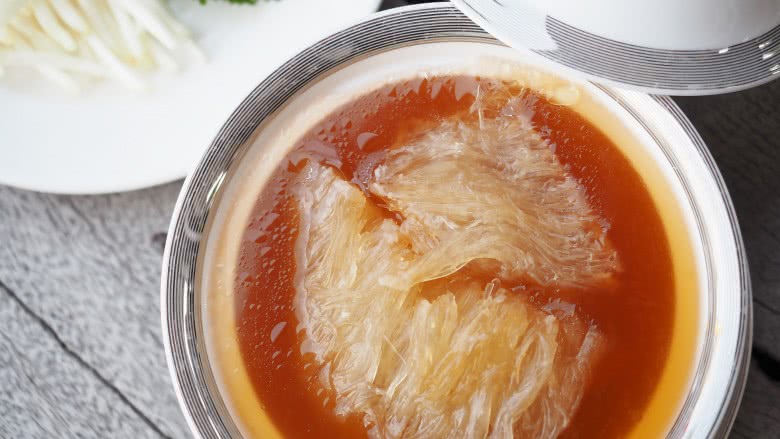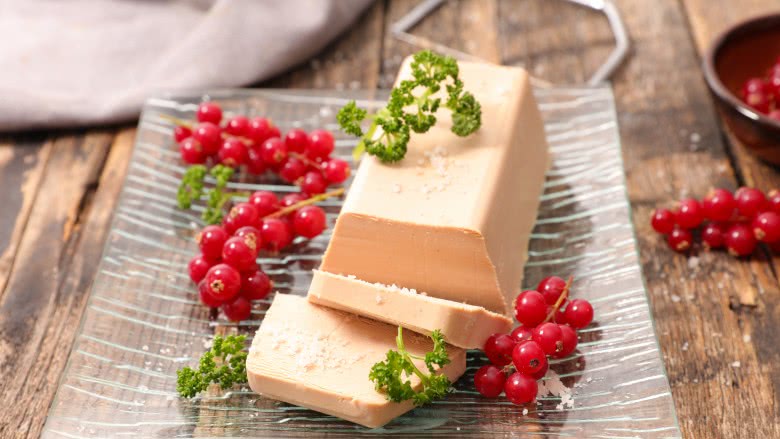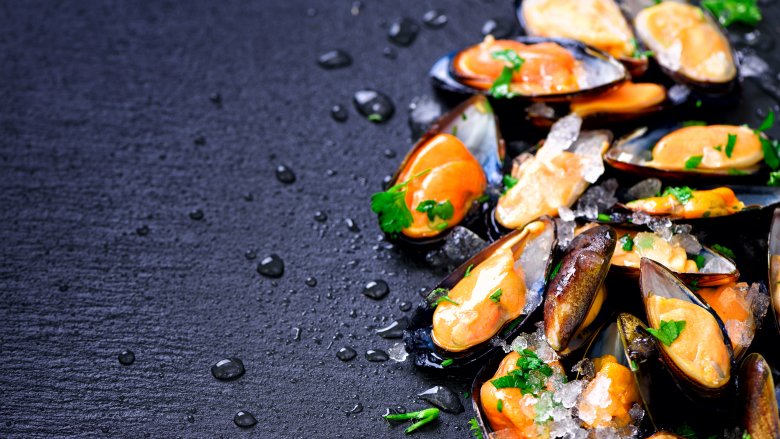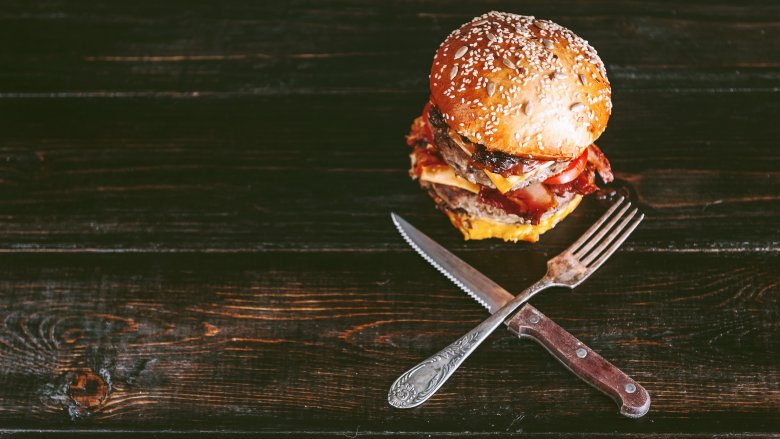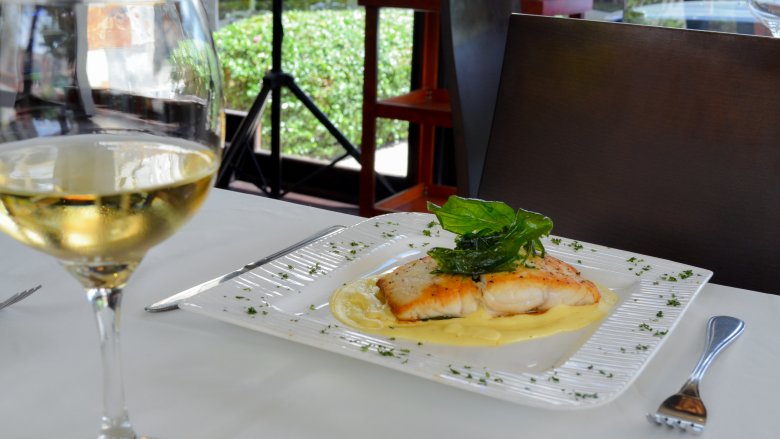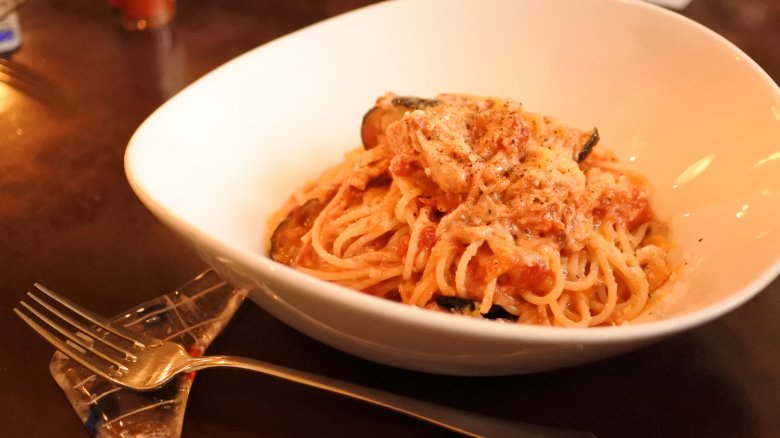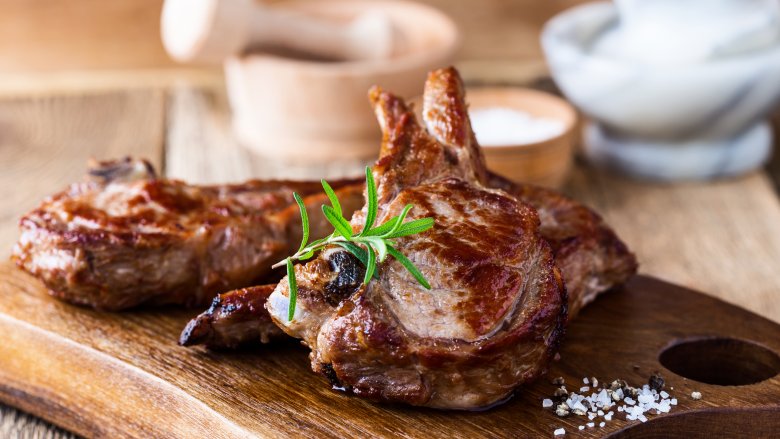Things You Should Never Order At A Fancy Restaurant
Fine dining is an art. It can, if done well, prove to be one of the most rewarding and enjoyable cultural experiences you can take part in, and a successful night out at truly great restaurant is often unforgettable. As is so often the case, however, the pitfalls are many, and your dining experience can very easily become memorable for all the wrong reasons.
It isn't hard to dig up a decent guide to restaurant etiquette, but most of them tend to focus on things like dress code, manners and reservations. What many fail to realize is that how you present yourself in a restaurant can be the least of your worries, and that what you order makes just as much a difference between a great experience and a poor one. Some things will hurt your wallet, others can make you ill — and some are just downright unethical.
Well-done steak
Perhaps one of the most notorious gaffes, and one that seems to cause the most consternation among food aficionados, is the overcooked steak. Ordering a steak well-done can be a waste of good meat and money (especially at a restaurant where you can count on pricier, quality cuts), is usually too tough and dry to truly enjoy and can potentially lead to no small amount of derision from your dining companions.
Opinions on the nuclear option from chefs themselves tend to range from resigned acceptance to outright irritation, but it's not just to save face that you should keep your steak red: a 2013 study suggested that glycotoxins, which are highly prominent in well-done meat, can be a risk factor in developing brain diseases such as Alzheimer's. Plus, you'll be waiting twice as long for the food to get to your table. It's just not worth it.
Expensive bread
Bread is a staple part of any restaurant meal, and we can't fault the concept itself — it's often just the right thing to tide you over until your hors d'oeuvre, and some restaurants go above and beyond in the quality of the bread they serve. What you ought to never, ever do, however, is pay for it. More and more restaurants are starting to charge for bread, often labelled as 'artisan,' with prices soaring up toward the double digits. Simply put: don't. The markup on bread is huge, and, despite being highly tempting and undoubtedly delicious, it's a completely unnecessary part of your meal. The last thing you need is an extra $7 being added to your bill for a dish that stopped you from managing a dessert. Just sit tight and wait for your first course to arrive.
The second-cheapest bottle of wine
Consider the following. You're out in a nice restaurant and you're showing off a little, but you're not trying to break the bank. The wine list comes and a problem arises: you don't want to seem cheap, but you're also being money-conscious. In the end, you decide to order the second-to-least expensive bottle as a way of hitting the middle ground. The problem? Everybody does this, and restaurants caught on long ago. They'll charge more for the wine that cost them the least, because they know this exact situation will arise. As a result, the second-cheapest wine on the menu is often the least impressive, but will nonetheless set you back more than it would a better wine.
This can all be avoided, of course, if you're lucky enough to have a sommelier. If that's the case, simply tell them what your preferred price range is and let them get on with it. Otherwise, don't fear the house wine; it's usually perfectly acceptable. Try to avoid ordering by the glass, too — getting a bottle for the table is going to end up costing you far, far less.
Tap water
Considering restaurants tend to charge a fair bit for bottled water, it's usually tempting to just ask for tap. In some places that's just fine, but you should be wary of ordering it in others. Many high-end restaurants are located in city centers of major population hubs, where the quality and cleanlinessof the pipes (and thus the tap water) is less than assured. For one thing, there's a good chance tap water is going to contain all sorts of chemicals and infectants, which can have an adverse effect on your health, but there's also the simple fact that unfiltered tap water, especially in large cities, just doesn't taste very good. Any restaurant worth its salt should be using filters on its tap water, but if you can't guarantee that fact, try to stick to bottled. It'll make more of a difference than you might think.
Lemon water
On a similar note, it's probably best to avoid anything with lemon garnishes, be it filtered, tap or bottled. Your nicer restaurant usually has a tendency to offer lemon water rather than plain (it just looks nicer, doesn't it?) but one study found that 70 percent of lemon garnishes found in restaurants were breeding grounds for microbes, speculated to have come from all sorts of different sources around each restaurant.
While that might only bother the dedicated germophobe, it's worth remembering that, unlike kitchen staff, the bartenders at restaurants aren't usually kept to the same rigorous regulations when it comes to handling consumables. We know lemon water looks fancy, and the risk to your health might not exactly be astronomically high, but combining it with the fact that your lovely restaurant is likely sitting on top of those dirty inner city pipes we mentioned, it's worth reiterating: go for ungarnished, bottled water.
Truffle oil
Truffle oil is a staple part of any dish that's been spruced up to look fancy, and it's not hard to see why — truffles themselves are renowned worldwide for their inclusion in fine cuisine, being held in esteem the world over. It's very tempting indeed to see the word 'truffle' on a dish and be immediately willing to pay big bucks for it. Be careful, though, because what many restaurants claim to be truffle flavor is actually a concoction of chemicals and olive oil. This not only means the restaurant isn't having to spend money on stocking actual, bona fide truffles, but it also means you're not getting the quality and taste you might expect. Chefs use truffle oil on all points of the dining spectrum, from small-time eateries to high-end establishments, but it's easier to fall for the deception in a restaurant where you'd genuinely expect your dish to include truffle. Always make sure it's the real thing.
Lobster
Despite having gained a reputation for its frequent inclusion in haute cuisine, lobster was once regarded as a meat for the poor. The transition from trash food served to prisoners and soldiers to the shockingly expensive demonstration of wealth that it is today is prime evidence of the fickleness of status symbols. Of course, we can't really do lobster down; it's a superbly tasty dish. The mistake many make, however, is assuming that just because lobster is expensive (or just because they know it makes them appear fancy or wealthy), it's a dish worth having. In fact, lobster should be approached just like any other seafood dish — that is, it's best had at a restaurant located near the source, prepared and served by chefs who know just how to do so. The further you get away from the coast, the less fresh and more expensive it's likely to be. Don't go losing out just because you're trying to flaunt your cash.
Caviar
On a similar note, try not to show off with caviar. Like lobster, it's a delicacy which has earned a reputation as something of a denotation of somebody's social status, but there are a few things to come to grips with before you go splurging on it. Firstly, make sure the restaurant is serving proper caviar — all sorts of substitutes exist on menus around the world, many of which are just as expensive (but not as high in quality) as the real thing. Equally, make sure you actually like the stuff. It can be an acquired taste for many, and it's no good spending hundreds of dollars just to find out you haven't acquired it yet. Finally, make sure the restaurant knows what it's doing with it. Caviar must never be served with silver utensils, and should be stored correctly in order to retain its quality and taste. By no means should you never order caviar in a fancy restaurant, but make sure you know what you (and the restaurant) are doing, otherwise you're going to take a devastating hit to your wallet for no good reason at all.
The wrong sparkling wine
Whether it's Champagne, prosecco, cava or anything else, sparkling wine can make the perfect accompaniment to a high-end dining experience — especially if you've something to celebrate. What too many fail to realize, however, is that sparkling wine is just as variable and characteristic as any other type of wine. It can be sweet or dry, with all sorts of aromas and flavors dictated by its terroir. It's very easy to go with any random sparkling wine (often the most expensive or the cheapest) for your meal, but it's worth looking into what sort of thing goes with what. Approaching sparkling wine with the sort of flippancy nobody would ever dream to treat still wine with is far too common a mistake in restaurants. And we can't emphasize this enough: if you've got a sommelier, just go with whatever they say. They know what they're doing.
Oysters
Oysters are regarded as being just as luxurious as lobster, caviar or Champagne, with the added fun factor of risking serious illness or death from eating them. You might assume that eating raw oysters from a fine dining restaurant should lessen the risk of illness, but you'd be wrong — an FDA report in 2015 showed that reputable restaurants are by no means protected. Your best chances with oysters, then, are by eating them cooked. If you must eat them raw, purchase them only from specialist establishments (such as oyster bars), and accept that just because you're paying a lot of money for them doesn't mean you're guaranteed to keep them down. As with any seafood, try to get them near the source too, if only for quality's sake.
Shark, whale or dolphin
Fancier seafood restaurants around the world are likely to offer shark, whale or dolphin meat on their menus. Dolphin is a delicacy in Japan, for example, while whale is offered at many Scandinavian restaurants, and shark can even be found around the US. There are a few reasons why you should avoid them, however. Firstly, for your health: shark meat especially has been found to contain tremendously high levels of mercury, which can prove dangerously toxic to those who consume it regularly.
More importantly, however, are the ethical issues at play here. Most shark populations are at historically low levels worldwide due to over-fishing, and the whale and dolphin hunting industries are fraught with controversy, including wastefulness, toxicity to humans, cruelty and species endangerment. Next time you see shark fin soup on the menu, or whale or dolphin while vacationing abroad, just pass it by.
Foie gras
Foie gras is another food product that is intrinsically linked with luxury, and you're bound to see it appear at least once on the menu in a well-to-do restaurant. Many swear by it, and it's a particularly popular delicacy in French cuisine, but the controversy behind it is massive. Foie gras is produced by force-feeding geese or ducks in a process known as gavage, which fattens the animals to ten times their normal size — at which point they're slaughtered for their livers. Unsurprisingly, animal rights campaigners have criticized restaurants for including foie gras on their menus. If you happen to come across it, it might be best avoided. After all, the world needn't suffer for fine dining.
Mussels
One of the biggest temptations when you're going out to a fancy restaurant is to get something extra-special you wouldn't normally make for yourself at home. Mussels definitely fits the bill for most, but according to what Cultivar owner and chef Mary Dumont told INSIDER, she never, ever, opts for mussels.
"I know people love them and I'm meticulous about their storage and care if I serve them, but all it takes is one bad mussel and you're down for the count."
According to the NSW Government's Seafood poisoning fact sheet, there's a whole bunch of nasty ways a bad mussel can take you out — all the way up to the potentially fatal paralytic shellfish poisoning, which impacts the nervous system as soon as half an hour after eating a contaminated morsel. There's also the more common version that causes massive gastrointestinal distress, and we probably don't need to get into too much detail about what that is...
Anthony Bourdain said the same thing, once writing (via The Guardian), "I don't eat mussels in restaurants unless I know the chef, or have seen, with my own eyes, how they store and hold their mussels for service."
Those fancy, gourmet burgers
You're probably already wondering what's wrong with those delicious gourmet burgers, stuffed and piled high with so many exotic ingredients. We'll cut right to it: they're not worth it.
According to Eater, the gourmet burger trend has gotten way, way out of hand. They've found that gourmet burgers tend to be priced much higher than their ingredients call for, and on top of that, many places rest their laurels on the creativity of what they're piling on top, not the quality of the meat or the ability of the chef to get the perfect amount of char.
They tend to count on toppings to impress, and the burger part gets neglected. Why spend so much money on a burger when the actual burger isn't the star of the show?
If you're still doubting, ask yourself this: How many gourmet burgers come with fries on the side (the answer is "not many!)? Aren't fries an important part of the whole burger meal? For the price you pay, they should be!
Sushi, halibut, and red snapper
At a glance, it might not seem like sushi, halibut, and red snapper have much in common. But they do: according to the National Center for Ecological Analysis and Synthesis, they're among the most frequently mislabeled fish.
For four years, researchers from several universities carried out a study where they took samples of fish from restaurants and then performed a DNA test to determine if people were getting what they paid for. High-end sushi restaurants were found swapping one fish for another 47 percent of the time, and when it came to halibut and red snapper, consumers were getting a substitute fish 100 percent of the time.
The researchers added it was always unclear whether or not the mislabeling was intentional (via UCLA), and those weren't the only fish where customers weren't getting what they paid for. Different varieties of tuna were often served interchangeably. To top it off, MarketWatch points out that if you're in an area where the fish isn't local, part of what you're paying for that high-priced dish is overnight shipping costs. You're better off getting something else that's more bang for your buck.
Pasta
Pasta and other sauce-heavy dishes might seem like a good idea, but if you're at a high-end restaurant, skip them. Why? Because you're paying a pretty penny for a plate of food that cost, well, pennies to make.
This is especially true at high-end joints that offer a few pasta dishes as an alternative for family members that go along for dinner but don't like more specialized offerings like steak or seafood. Look at it this way: customers that order pasta at a seafood restaurant wouldn't be paying as much for their seat as other customers are, so in order to counteract that revenue loss, those pasta dishes are often marked up more.
In fact, they're marked up a lot more. MarketWatch says pasta dishes at restaurants with other specialties can be marked up as much as 20 percent more than other dishes, and given how much a bag of pasta costs at the store (and from restaurant suppliers), you're better off saving this one for a night in.
Veal
You don't see veal on too many menus, and while it might be the sign of a quality restaurant and a chef who really knows his stuff, you should know that Prevention calls veal one of the cruelest foods you can eat.
Veal might have a reputation as being super tender and pale, but there's a horrible reason it comes out that way. It comes from a male dairy calf, who — from the industry point of view — isn't useful for milk production, so he's used for something else. According to ThoughtCo., most male dairy calves (and about half of the female calves) born become veal at the end of their eight- to 16-week lives. Those lives are spent confined to tiny veal crates built to restrict their movement (which leads to tender flesh) and being fed formula deliberately low in nutrients to make them anemic (that's the pale color of the meat).
That tender slice of meat doesn't seem so worth it now, does it?
